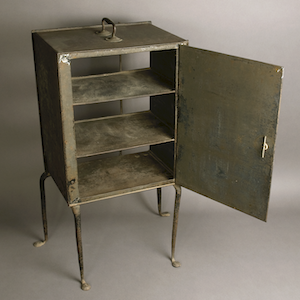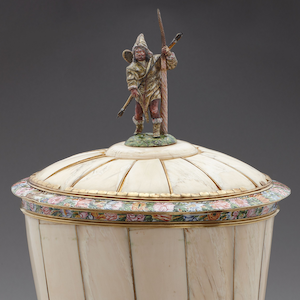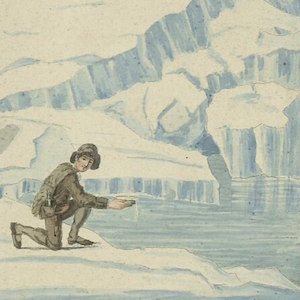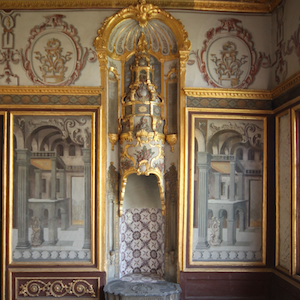Jennifer Van Horn The bitter cold at Valley Forge, Pennsylvania, during the Continental Army’s winter encampment of 1777–1778 has become part of American mythology. That brutal chill, borne by George Washington and the soldiers whom he commanded in the American Revolution, was immortalized as bodily sacrifice for the cause of…
Racialized Thermoception: An Eighteenth-Century Plate Warmer





